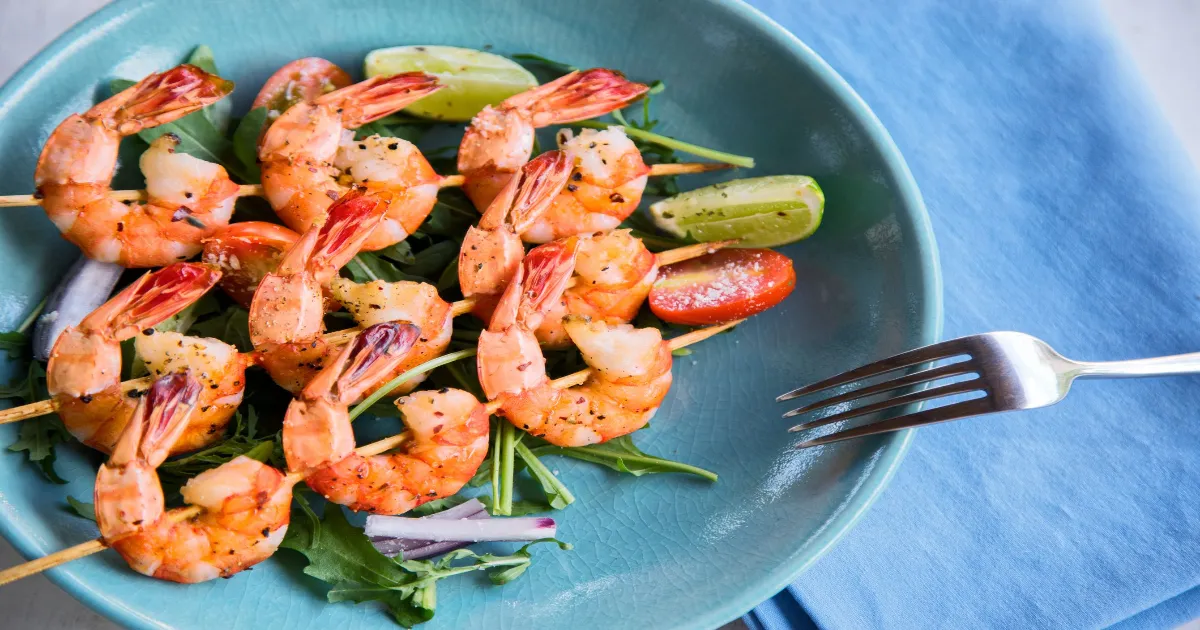Shrimp is one of those seafood items that are NOT easy to prepare. So knowing how to reheat shrimp is crucial at such times, isn’t it? But you’re not alone when it comes to worrying about something like this. Because not many people know the proper way or ways to reheat shrimp. And that’s where I come into the picture.
Below I have discussed the four different methods to reheat shrimp. These are not only the correct techniques but are also easy enough to carry out. So let’s get to them right away!
4 Different Ways to Reheat Shrimp
More often than not, shrimp leftovers go straight into the waste bin and never see the light of day. But do you know why this happens? It’s because shrimp is considered to be quite tricky to keep fresh due to its highly nutritious quality and delicious taste.
But you should know that you can reheat shrimp without worrying about it causing food poisoning. Knowing how to do it the correct way keeps the original nature and taste of the food intact.
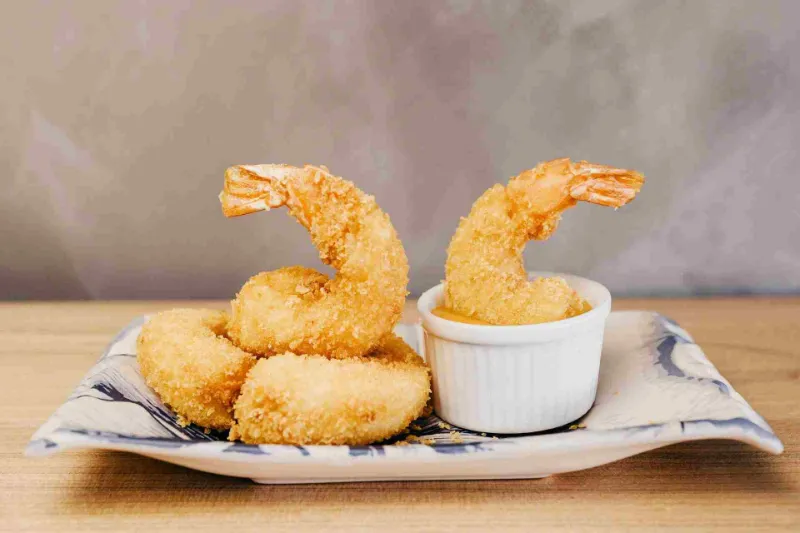
The Microwave Method
If you want to reheat shrimp in the FASTEST and EASIEST way, then this is it. Everybody turns to the microwave oven to heat food quickly, right? But the chances of overcooking shrimp are high when using the microwave. So it’s important that you strictly adhere to the guidelines.
- Step 1: Use a microwave-friendly bowl or plate to arrange all the shrimp on it in one layer.
- Step 2: Sprinkle some water over this.
- Step 3: Cover the bowl or plate with plastic wrap. You can even use another microwave-friendly plate or a lid.
- Step 4: Then place the dish in the microwave and begin the healing process on a high setting. But don’t heat for more than two minutes. At the end of which, take out one shrimp to check if it’s hot enough. You can microwave it for another minute if the shrimp’s still slightly cold.
- Step 5: Finally, remove the shrimp from your microwave. Let them cool for a few minutes or until they’re warm enough to eat.
The Steaming Method
Preserving the flavor of shrimp while reheating it is crucial, isn’t it? And the most efficient way to do so is by steaming shrimp. The best part about the steaming method is that you can reheat all kinds of shrimp using this technique. So the method is quite versatile.
- Step 1: Place the steamer insert inside a pot filled with water.
- Step 2: Layout the shrimps in the insert, but make sure to keep them away from water. And arrange them in low piles.
- Step 3: Boil the water and let the shrimps cook until they become fragrant. And that’s about it!

The Oven Method
If you want to know how to reheat coconut shrimp, then please keep reading. When shrimp contains dried ingredients like coconut or bread, you need to heat it in the oven. It’s considered to be an effective way to preserve that crunch. It’s important that the food doesn’t become soggy, right?
- Step 1: Preheat the oven to a temperature of 300 degrees.
- Step 2: Wrap the shrimp using aluminum foil.
- Step 3: Place all the shrimp in one layer on the oven tray.
- Step 4: Put the tray in your oven and let the shrimp cook for not more than 15 minutes.
- Step 5: Keep a check on the progress and cook them until they become hot enough.
The Skillet Method
Heating shrimp in a skillet is something that you can do with shrimp that doesn’t have any coconut or bread on it. The skillet method is suitable for plain, simple shrimp.
- Step 1: Heat a frying pan or electric skillet until it becomes evenly hot.
- Step 2: Apply some oil on the bottom of the skillet. It’s best to use liquid oil at such times, not spray oil.
- Step 3: Now arrange all the shrimps evenly in one layer on the pan.
- Step 4: Let the shrimps cook for at least three minutes.
- Step 5: Flip them, so they cook well on both sides.
And that’s all there is to it! These are the four different ways to reheat shrimp. Many people even enjoy having cold shrimp, isn’t it?
There are many ways to use shrimp in food and drinks. I’m sure you must have heard about or maybe even tried a shrimp cocktail. This particular seafood item is also suitable for salads and mayo spreads. You can even use your blender to create shrimp paste to add to all kinds of delicious meals.
How To Reheat Coconut Shrimp
Coconut shrimp is a great marriage of sea shrimp and coconut near the coast. The appetizer’s origin is unknown, although it is popular along the shore. The sweetness of coconut and the subtle saltiness of shrimp are a perfect match.
The shrimps are coated with coconut and then deep-fried to produce a crispy texture. This article will show you how to reheat Coconut Shrimps.
Deep-fried coconut shrimp It may become soggy if not reheated properly. It’s best reheated in an air fryer. The air fryer evenly heats the shrimp without making it soggy. If you don’t have an air fryer, we’ll show you different ways to reheat food.
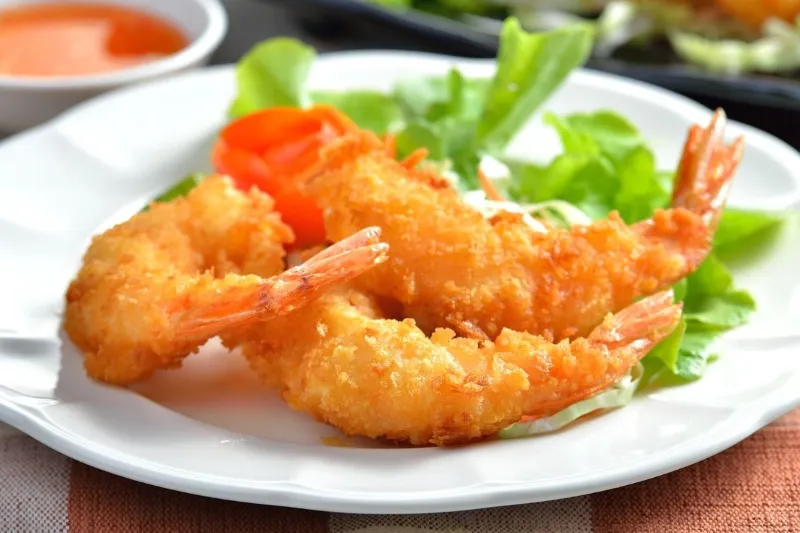
Can You Bake Coconut Shrimp?
Reheating the crispy Coconut Shrimp in the oven may soften them. However, it is one of the best ways to warm the nutty shrimp completely. Preheat oven to 350F. Cover the baking sheet with the shrimps. Reheat it for 10 minutes.
The hot oven inside will help the Coconut Shrimp warm evenly. Because it was previously deep-fried, it may leak oil onto the baking sheet.
Can You Microwave Coconut Shrimp?
Microwave reheats coconut shrimp perfectly. In less than 5 minutes, you can enjoy the crunchy appetizer. Microwave the coconut shrimp for 5 minutes in a microwave-safe plate or tray. After the first five minutes, taste the coconut shrimp. Redo the process if needed.
Can You Reheat Coconut Shrimp?
Coconut Shrimp won’t warm evenly. Hard to uniformly heat the insides without damaging the outside covering. Stovetop warming may even overcook the prawns. Use one of the other methods to reheat the coconut shrimp perfectly.
Can You Grill Coconut Shrimp?
Coconut shrimp should not be grilled. It will burn and lose its nutty flavor if you grill it. You might try to reheat it using other ways discussed in this page.
How To Reheat Steamed Shrimp
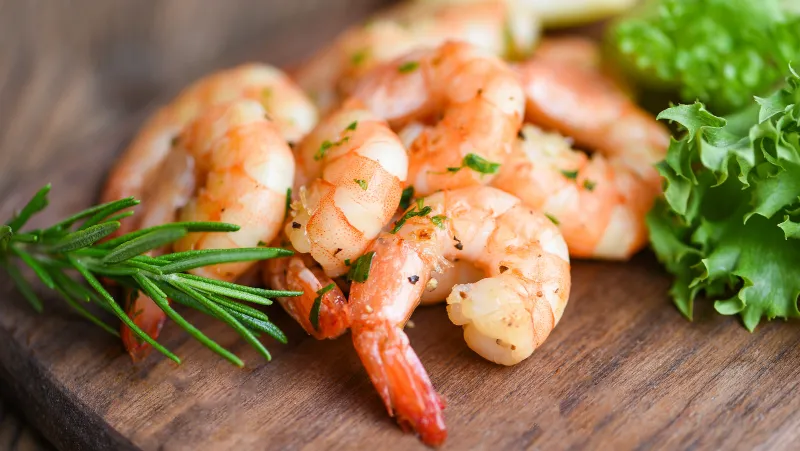
Shrimp is best served hot from the steamer, pink, tender, and crispy, as opposed to cold from the refrigerator. It is possible, however, according to Fred Thompson’s “Big Book of Fish and Shellfish,” to reheat shrimp without losing any of its flavor or texture if you do not overcook it.
When reheating shrimp, always make sure they are evenly spaced and stacked in a single layer. Using this method, the heat will reach the shrimp evenly and quickly, preventing sogginess.
In a steamer set over boiling water, cook the shrimp for two minutes until they are pink. After the steamed shrimp are heated, remove them from the pan. Wait one minute before starting a dish.
Steamed shrimp is wonderful when served with a squeeze of lemon or dipped in melted butter, among other things.
Adding flavor and scent to steamed shrimp while sauteing them in butter or olive oil gives them a crunchy top. Melt the butter or olive oil in a pan over medium heat. When the pan begins to sizzle, put the steamed shrimp in a single layer on top of the pan. One minute of stirring is required.
Garnish with sautéed shrimp for extra flavor.
Preheat the oven to 225°F in order to reheat the prawns. Cover the aluminum foil with a little layer of olive oil or butter to prevent the shrimp from sticking to it. Stack the shrimp on a baking sheet to prevent them from falling off. Lightly coat the shrimp with olive oil or butter to bring out the flavor and seal in the moisture.
Covering the shrimp with aluminum foil will help to keep them moist. Heat the shrimp in the oven for three minutes until they are pink. After the shrimp has been steamed for two minutes, remove them from the oven. Using two potholders, carefully lift the baking pan out of the oven.
Some Useful Tips for Reheating Shrimp
Now that you know the four different ways to heat shrimp, it’s time to learn some professional tips. Below I have listed a few important factors related to reheating shrimp that you need to keep in mind.
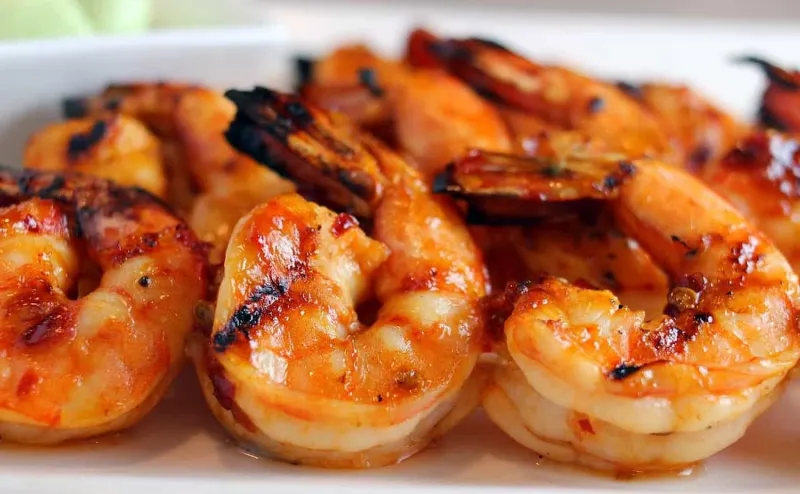
- As I’ve already mentioned earlier, when working with breaded or coconut shrimp, do not use the steaming method. And that’s because it tends to soften the crumbs and other such dried ingredients.
- When reheating shrimp, you can feel free to apply some butter to it. This goes a long way in enhancing the flavor of the food. Another way to add more flavor is to replace the oil with butter when reheating shrimp in the skillet.
- Since we’re talking about making the shrimp dish flavorful, I have to mention the use of fresh lemon. Squeezing some of it over the shrimp before reheating it is an excellent way of adding a refreshing touch.
- Prior to any heating method, you need to make sure that the frozen shrimp has completed the thawing process. You don’t want your food to contain cold spots now, do you? Frozen foods like these might look hot from the outside, but they can still be frozen under the surface.
- Please don’t even try to reheat shrimp the second time, as it can cause contamination. Plus, the flavor of the food tends to lose its original, healthy quality. And this is why it’s best to reheat only the required amount of shrimp and not the whole batch.
- Always heat shrimp for less than a few minutes. Overheating can lead to the shrimp drying out, which compromises their flavor and juicy taste.
That’s a Wrap!
So now you know how to reheat shrimp properly, don’t you? In fact, you know a little more than that. So there’s no need to be intimidated by shrimp anymore. After going through the trouble of cooking shrimp, you can even store it to savor the deliciousness later.
Don’t forget that shrimp is just like any other food when it comes to heating. So don’t worry about it so much! Have you ever tried reheating shrimp? Do you know a better way? And do you have any special shrimp recipes to share with us here? If you do, then please tell us all about them in the comments section below.
I hope you enjoyed reading the article. Was it what you were looking for? Please don’t hesitate to leave your honest feedback. Thank you for reading! Happy Shrimping!

Jen Lin-Liu is the founder of Black Sesame Kitchen. A Chinese-American writer and a nationally certified Chinese chef in Beijing. Jen is the author of two memoirs, Serve the People: A Stir-Fried Journey Through China and On the Noodle Road: From Beijing to Rome with Love and Pasta.

